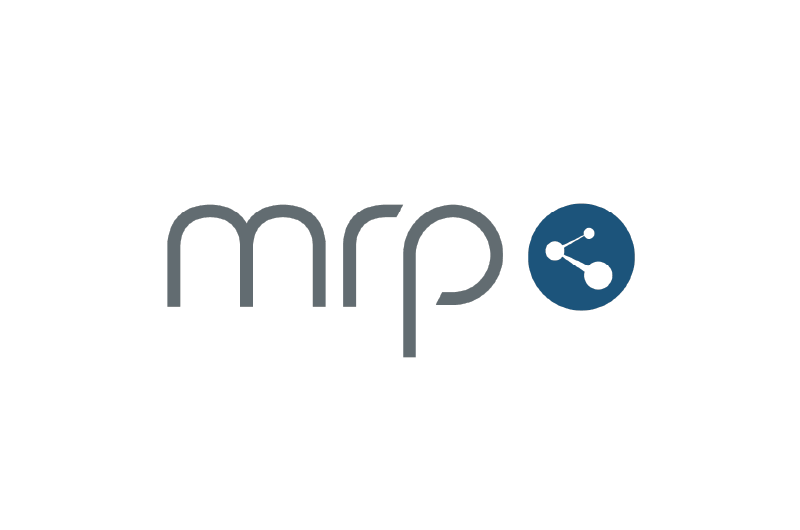As published by DemandGen Report
We’ve all seen the buzzwords in recent years. Big Data. Artificial Intelligence. Smart everything, from toilets to thermostats. Companies rush to keep up with the next fad without really understanding what the true advantages of this new technology are and how it can impact their business. The actual technology becomes overshadowed by the hype, unable to deliver on the many promises that businesses rush to peddle.
In marketing, a similar thing is happening: we marketers are quickly moving to put our resources into account-based marketing (ABM). ABM has become white hot within marketing circles in recent years — and when it’s done right, that’s a very good thing.
ABM is based fundamentally on three things: sales alignment and discovery, predictive intelligence and analytics and orchestration of marketing activity. Prioritizing the most valuable accounts can instantly transform your funnel, and aligning sales and marketing has been a goal of companies since the beginning of time, it seems. Being tailored and predictive to a select group of customers and surfacing the right content from them at the right time benefits everyone: Marketo finds that 66% of customers expect their interactions with brands to be personalized, while McKinsey states marketing “personalization can deliver five to eight times the ROI on marketing spend, and can lift sales by 10% or more.”
That helps explain why ABM is so popular right now. It creates a rare win-win for prospects and marketers alike. That’s the holy grail for marketers. A solid ABM strategy upholds the pillars of good marketing. The problem is that we’re already misconstruing what this strategy truly is. There’s a reason why Marketo found almost 85% of marketers said ABM provided significant benefits to retain and expand existing client relationships and 97% of marketers surveyed by the Alterra Group said ABM had higher ROI than other marketing activities.
What ABM Isn’t
I see so many marketers mistaking ABM for a tactic, instead of a strategy. Or, they’re picking and choosing how they use ABM — like just automating marketing to bigger accounts, rather than tailoring and prioritizing content to key prospects and buying centers. They’re using the term “ABM” as aircover to market more to bigger accounts, which doesn’t deliver on the true premise or promise of ABM. For example, I’ve seen several marketing platforms that have jumped on the bandwagon and launched “ABM” platforms or features. That’s an oxymoron. The whole point of ABM is to be a top-down, holistic marketing strategy. Just because you’re prioritizing bigger accounts or doing some tailoring in your email marketing doesn’t mean you’re implementing an ABM strategy. ABM has to be a top-down approach that works across teams and offices and has complete buy in from an entire organization and the C-suite.
The Importance Of Aligning Sales & Marketing
Perhaps the most vital aspect of an effective ABM strategy is to ensure that your sales and marketing teams are both bought in and aligned. You cannot have a marketing team engaging with certain content, only to find the sales team is making cold calls without knowing how your business has interacted with the prospect in the past.
I think we’ve all had the experience of downloading a whitepaper or piece of content, and getting a phone call within the hour from a salesperson who is utterly clueless about our needs. ABM is about prioritizing key accounts, yes, but it’s also about prioritizing quality over quantity.
The mindset of the sales and marketing team must be that they won’t engage until they feel like they truly have an understanding of the prospect, their pain points and their needs. Marketers and sales must come to terms with the approach that they may have to engage less with prospects, but when they do, it will lead to much better conversations, increased conversions and more pipeline.
Being Predictive In Your Engagement
Once the conversation with a prospect begins, an ABM strategy calls on marketers to be intelligent and empathetic about the content they surface and engage prospects with. To ensure customers continue down each stage of the funnel, marketers should use intelligence and data.
Ask yourself: what whitepaper best addresses the pain points of my prospect? What case study has worked best for their specific industry? How do I get them to the next stage by saying the right thing at the right time? If you’re able to predict which content and conversations will be most effective to each prospect, you’ll be way ahead of the curve.
The knock against ABM is that it can be hard to scale. However, with enterprise-class software, marketers will be able to be predictive in their outreach, and that’s an enormous help in growing your ABM strategy. Whether it’s through predictive analytics or just your own marketing experience, it’s crucial to be able to use insights to engage thoughtfully with prospects. Doing that will help us all ensure that ABM is here to stay as an effective marketing strategy, rather than another buzzword bygone.







